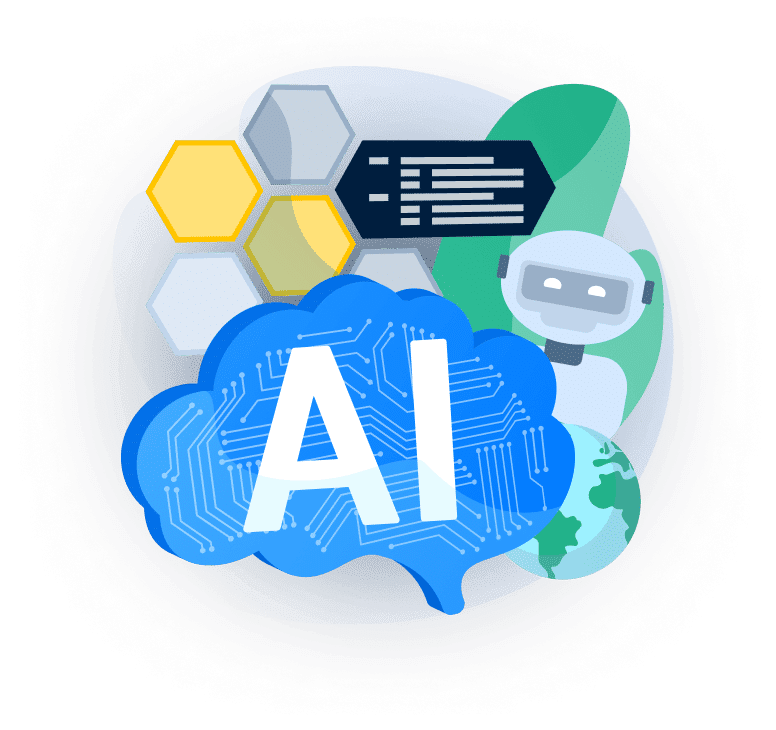The Intelligence Revolution: Understanding the Power of Cloud AI

In the modern digital landscape, artificial intelligence has moved from a theoretical concept to a practical and transformative business tool, largely thanks to its delivery via the cloud. The powerful combination known as Cloud AI refers to the delivery of AI capabilities—from machine learning platforms to pre-built cognitive services—over the internet on a subscription or pay-per-use basis. This model has democratized access to AI, fueling a market of almost unimaginable scale. Industry projections indicate the sector will surge to a colossal valuation of USD 4,979.34 billion by 2035. This astronomical growth, propelled by a phenomenal compound annual growth rate (CAGR) of 36.02% during the 2025-2035 forecast period, underscores the pivotal role of cloud platforms in making AI accessible, scalable, and a fundamental driver of global innovation.
At its core, Cloud AI solves one of the biggest barriers to AI adoption: the need for massive and expensive computing infrastructure. Training a sophisticated deep learning model can require immense processing power, often involving large clusters of specialized GPUs (Graphics Processing Units) that are prohibitively expensive for most organizations to purchase and maintain. Cloud AI providers, such as Amazon Web Services (AWS), Microsoft Azure, and Google Cloud, have already made this investment at a massive scale. They offer access to this powerful infrastructure on demand, allowing data scientists and developers to spin up a powerful AI training environment for a few hours or days and then shut it down, paying only for what they use. This eliminates the need for large upfront capital expenditure and makes high-performance AI development accessible to everyone.
Beyond just raw infrastructure (AI-IaaS), the true power of Cloud AI lies in its higher-level services that further abstract away complexity. This includes Machine Learning Platforms as a Service (MLaaS), such as Amazon SageMaker or Azure Machine Learning. These platforms provide a complete, integrated environment with tools for data preparation, model building, training, and one-click deployment, dramatically accelerating the machine learning lifecycle. Even more accessible are the pre-trained AI APIs or "cognitive services." These are off-the-shelf AI capabilities that developers can easily integrate into their applications via a simple API call. Examples include natural language processing for text analysis, computer vision for image recognition, and speech-to-text services, allowing developers to add sophisticated AI features to their apps without any AI expertise.
The benefits of leveraging Cloud AI are transformative for businesses of all sizes. It dramatically lowers the barrier to entry, enabling startups and small businesses to compete with large enterprises on AI-driven innovation. It accelerates the time-to-market for new AI-powered products and services by providing ready-made tools and infrastructure. It offers unparalleled scalability, allowing applications to handle fluctuating demand without performance degradation. Most importantly, it allows organizations to focus on their core business problem and how AI can solve it, rather than getting bogged down in the complexities of managing the underlying infrastructure. This combination of accessibility, speed, and scalability is why Cloud AI has become the de facto platform for virtually all modern AI development.
Explore Our Latest Trending Reports:
- Art
- Causes
- Crafts
- Dance
- Drinks
- Film
- Fitness
- Food
- الألعاب
- Gardening
- Health
- الرئيسية
- Literature
- Music
- Networking
- أخرى
- Party
- Religion
- Shopping
- Sports
- Theater
- Wellness
